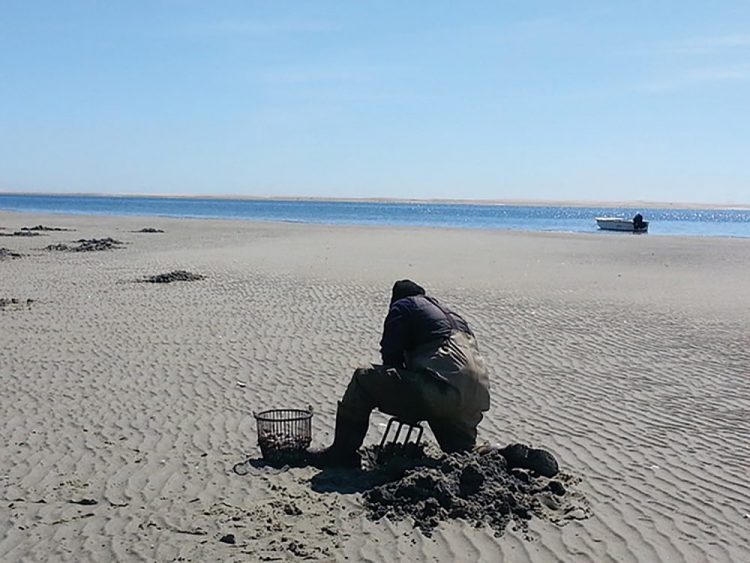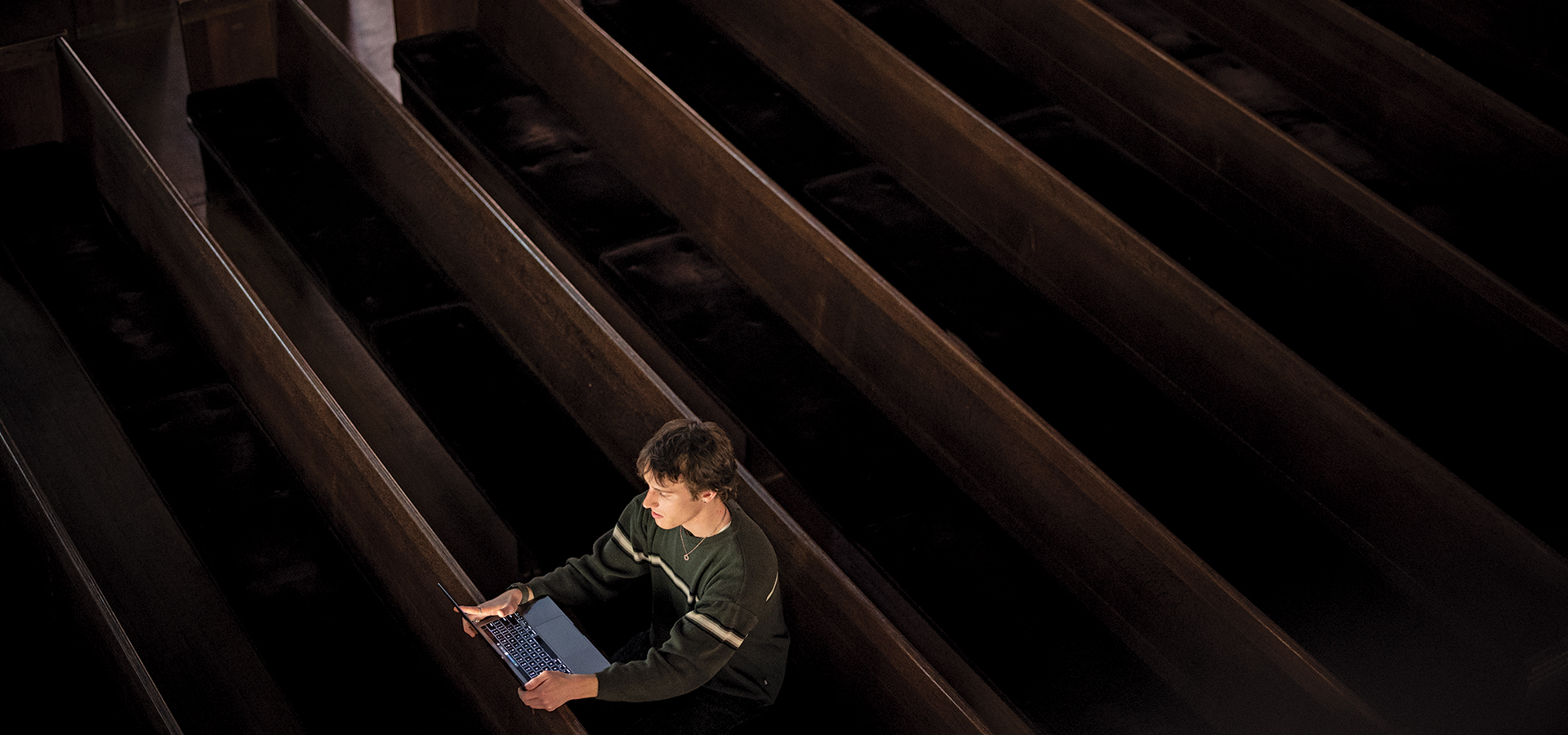Fast Facts About Deaf Culture

Like any community, Deaf culture has its own codes of conduct and etiquette. While it’s impossible to capture the full depth of a culture in a quick list, these few points should get you started
Big “D” vs. Little “d.” Use of a lowercase d in “deaf” refers to audiological disability and is closely aligned with the medicalized view of deafness and a disability framework. This can encompass a wide spectrum of hearing, including those who were born hearing but experienced a loss or impairment later in life. “Deaf” is built more on a linguistic and cultural identity and refers to those who were born Deaf. The “Deaf community” also includes hearing individuals who identify closely with and participate in Deaf culture, e.g., children of Deaf adults (CODAs) and interpreters.
Hearing-impaired, hearing loss. These can be pejorative terms in some circles. As Pascual states, “I was born Deaf. I was never hearing, therefore I did not ‘lose’ anything.”
My eyes are up here! It’s considered rude to stare only at an individual’s hands when they are signing. As much as possible, try to make eye contact when communicating with someone who is signing. If an interpreter is present, face and interact with the person you are conversing with, not the interpreter.
ASL is not English in sign form. ASL, like any other language, has its own grammatical structure and lexicon that is different from spoken English, and employs the dynamic use of signs, fingerspelling, facial expressions, and body movement to convey meaning.
Hartford, site of the first free deaf school in America. Thomas Hopkins Gallaudet, a minister from Hartford, Connecticut, is credited with inviting experienced French deaf educator Laurent Clerc to America to help start the institution that later would become the American School for the Deaf. Established in 1817, it was the first public free deaf school in America.
The evolution of sign language. Signed communication has always been part of human existence and has evolved just as the world has. American Sign Language is adapted from local village sign languages (from Chilmark, Mass.; Henniker, N.H.; Sandy River Valley, Me.; and other places), Native American Hand Talk, and French Sign Language.
To learn more about ASL and Wesleyan’s first full-time professor in ASL and deaf studies, see Signs of the Times.


